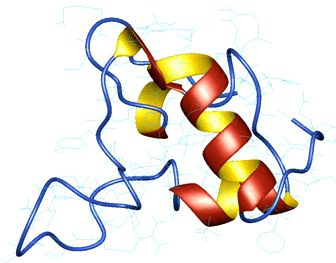CLINICAL APPLICATION OF PLASMA PROTEIN C DETERMINATION
Keywords:
Antigen, clinical determination, plasma protein C, rocket immunoassayAbstract
Objective: Protein C, a vitamin K-dependent coagulation factor, is involved in blood coagulation. Activated protein C inactivates Va and VIIIa and stimulates fibrinolysis. In this process, protein S serve as an important factor for activated protein C. Furthermore, excess protein S drives cancer cell proliferation and cell survival through oncogenic receptor Axl(Anexelekto). We determined ranges of protein C both in healthy individuals and distinct hospitalized patients.
Methods: A total of 100 patients with different diagnostic diseases and 50 healthy individuals were included in their plasma protein C determination. A rabbit antibody against human protein C was used for the quantitative estimation of plasma protein C antigen by using rocket immunoassay.
Results: In healthy individuals protein C antigen (PC:Ag) ranges o.6439- 1.4752 µ/ml. The mean coefficient of variation (CV) of length of rocket was calculated to be 12.45%. PC:Ag within laboratory variation was 11.47%. Plasma protein C antigen was destroyed at 56℃ for 30 minutes, whereas no significant decrease of protein C was found at 4℃ refrigerator for one week.
Conclusion: The results showed that plasma protein C antigen was considerably high in 22 diabetes mellitus. On the other hand, the PC:Ag was significantly decreased in 19 liver cirrhosis(p< 0.001) and was positively correlation with serum albumin levels(p< 0.05). In 20 acute leukemias, on the average,there was slightly lower values in PC:Ag, and accompanied with significant decrease of PC:Ag in 5 M5 subtype and in 9 hyper- leukocytes acute leukemias. However, the 3 acute promyelocytic leukemia (APL) with overt laboratory picture of DIC(disseminated intravascular coagulation) had protein C concentration no lower than the remaining 2 patients with infectious DIC, which suggested the coagulopathy in APL might be due to mechanisms different from other forms of DIC.

Peer Review History:
Received 2 October 2020; Revised 11 November; Accepted 20 December; Available online 15 January 2021
Academic Editor: Dr. Nuray Arı , Ankara University, Turkiye, ari@ankara.edu.tr
, Ankara University, Turkiye, ari@ankara.edu.tr
Reviewer(s) detail:
Dr. Idoko Alexander , Caritas University, Enugu, Nigeria, idokoalexander1@gmail.com
, Caritas University, Enugu, Nigeria, idokoalexander1@gmail.com
Dr. Rawaa Souhil Al-Kayali , Aleppo University, Syria, rawah67@hotmail.com
, Aleppo University, Syria, rawah67@hotmail.com
Downloads

Published
How to Cite
Issue
Section

This work is licensed under a Creative Commons Attribution-NonCommercial 4.0 International License.









 .
.